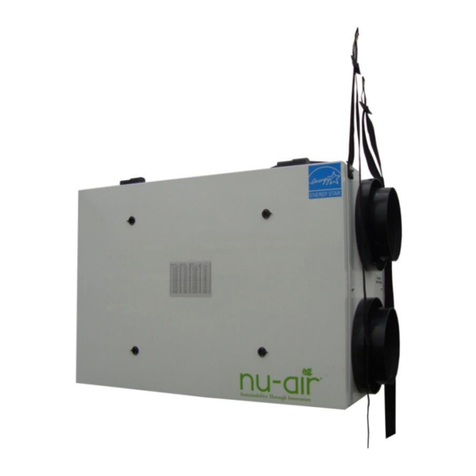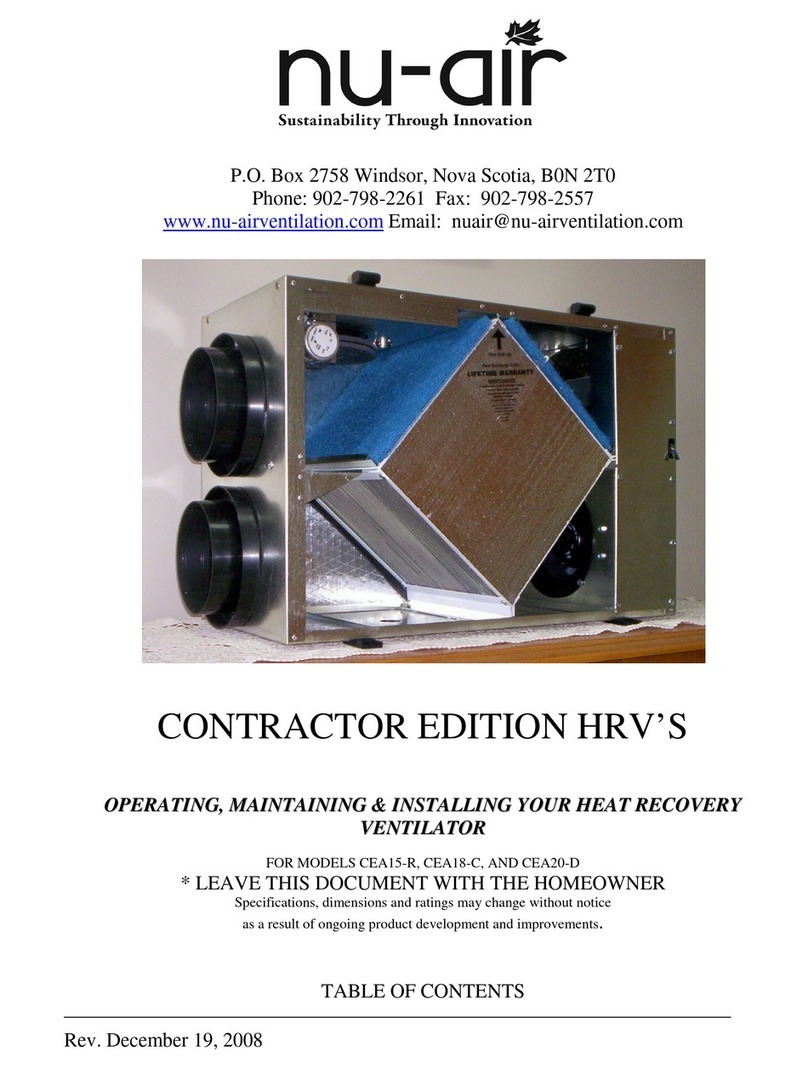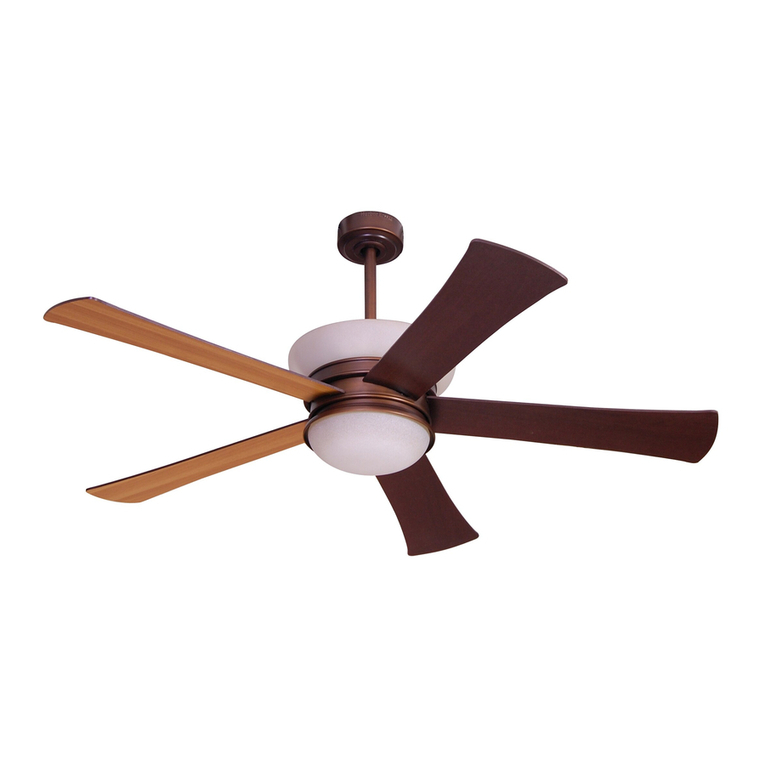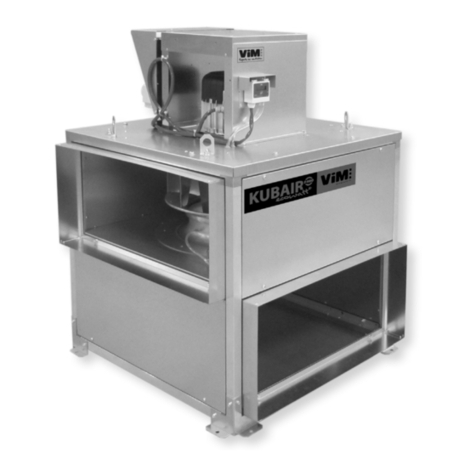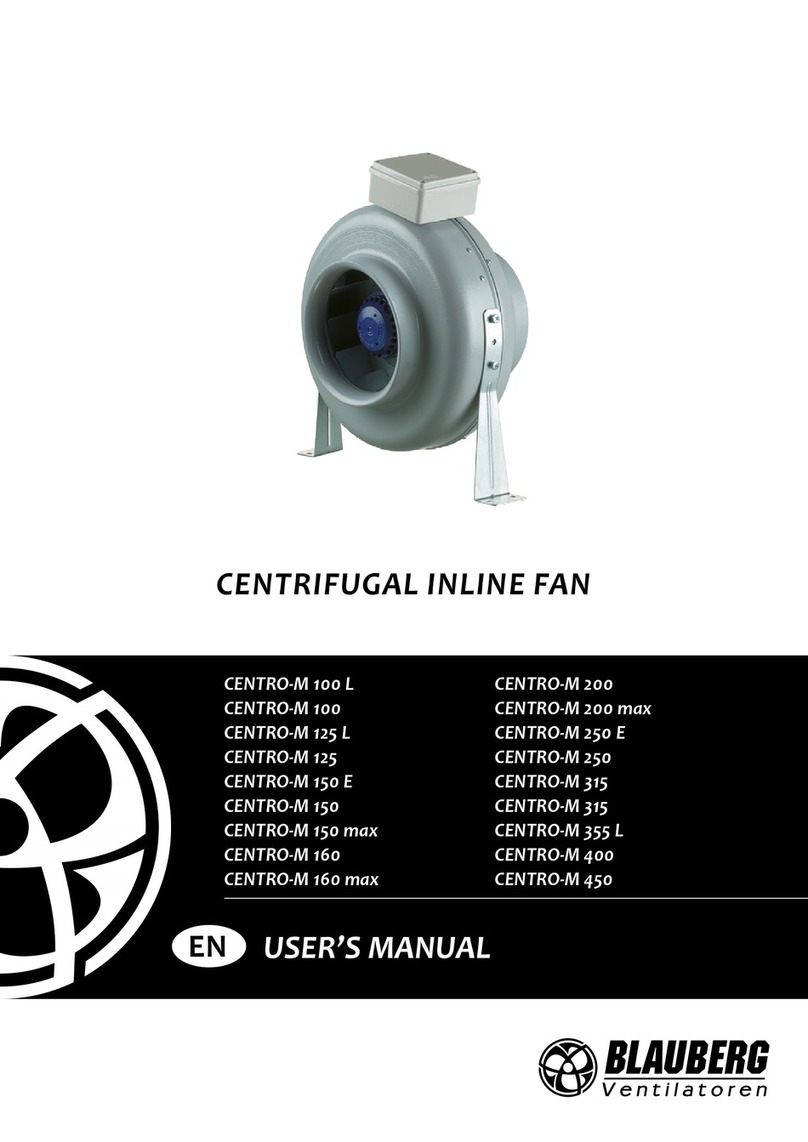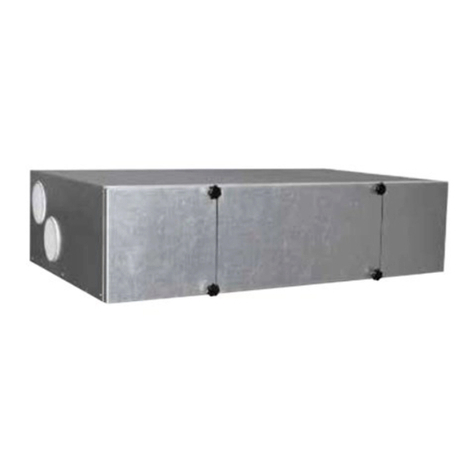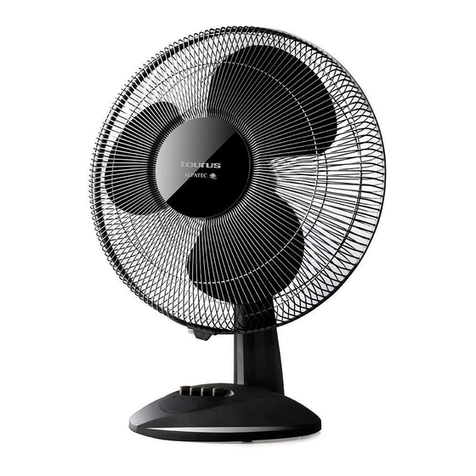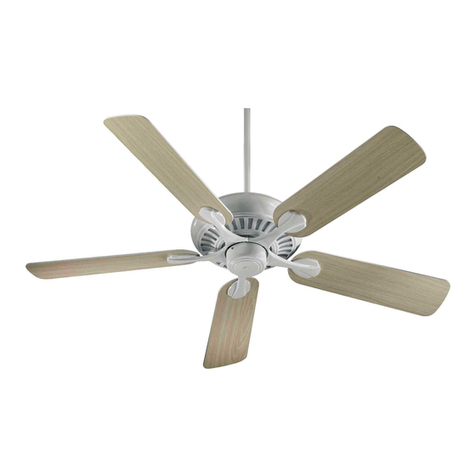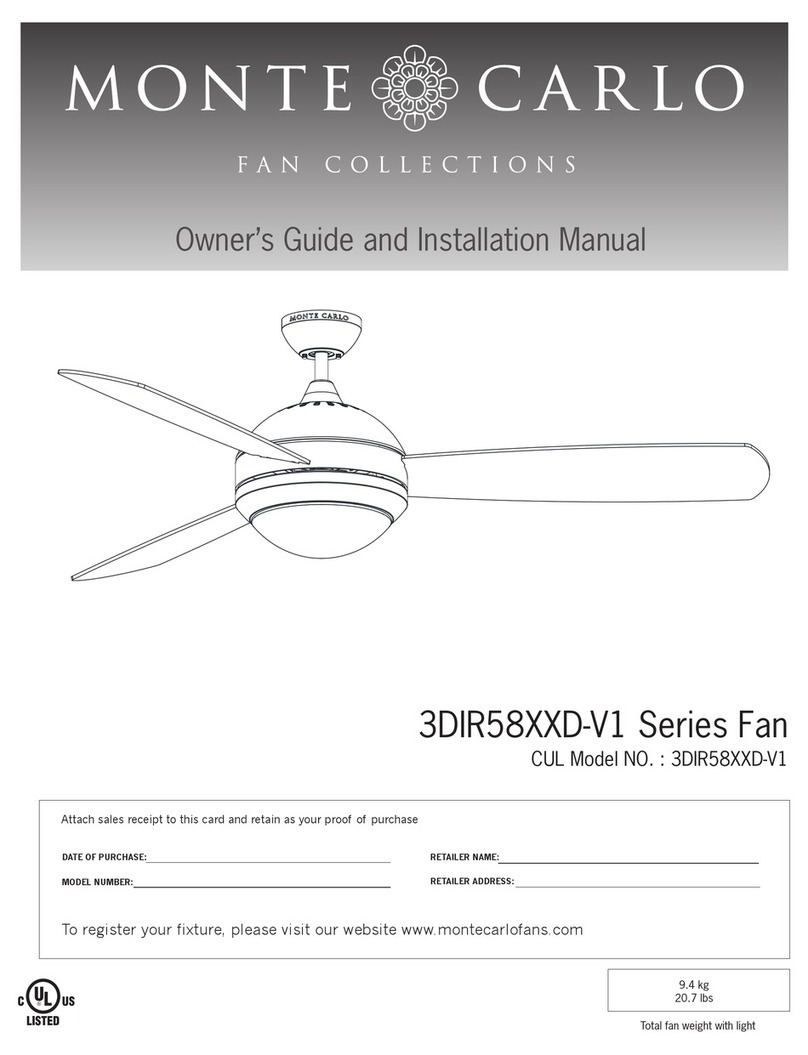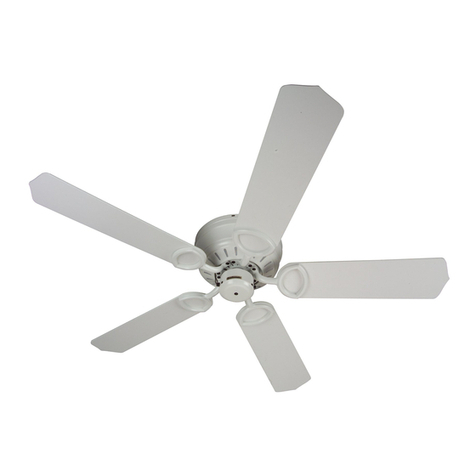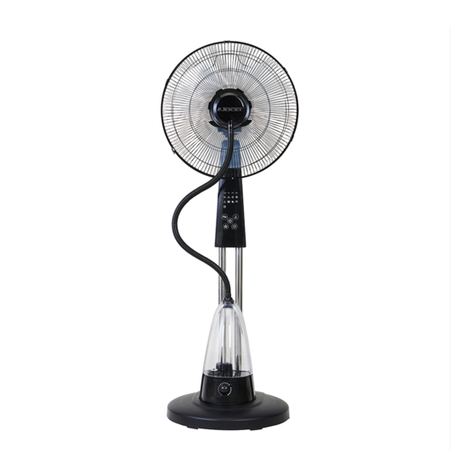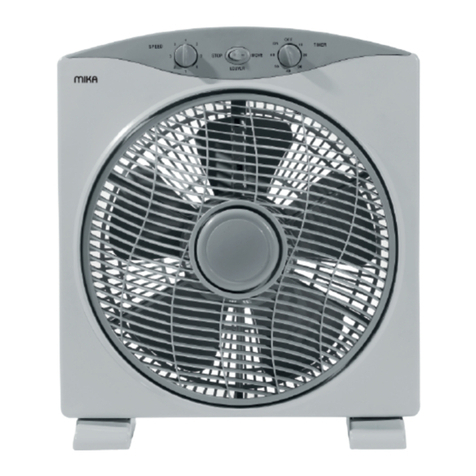
Rev. 2.3 Aug. 19, 2104
TABLE OF CONTENTS
1. PERFORMANCE RATINGS & PHYSICAL DATA .....................................................................................................3
2. HOW THE NU-AIR SYSTEM WORKS......................................................................................................................... 6
3. INSTALLATION.............................................................................................................................................................6
3.1. Installer's Responsibilities........................................................................................................................6
3.2. Installation System Options ....................................................................................................................7
3.3. Ducting to The Outside.............................................................................................................................9
3.4. Mounting & Noise Control.....................................................................................................................10
3.5. Ductwork .................................................................................................................................................10
3.6. Drain Connections ..................................................................................................................................10
3.7. Balancing the System: High and Low Speed........................................................................................12
4. CONTROLS...................................................................................................................................................................13
4.1. Main Board Features..............................................................................................................................14
4.2. ES Series Controls (12 VDC).................................................................................................................15
4.3. Windsor Series Controls & Other 24 V Control Options ...................................................................17
4.4. Furnace Interlock....................................................................................................................................18
5. START-UP..................................................................................................................................................................... 18
6. OPERATING HINTS.................................................................................................................................................... 18
7. MAINTENANCE ..........................................................................................................................................................19
7.5. Filters .......................................................................................................................................................19
7.6. Fans..........................................................................................................................................................19
7.7. Condensate Drain....................................................................................................................................19
7.8. Heat/Energy Recovery Core ..................................................................................................................19
7.9. Exterior Hoods........................................................................................................................................19
7.10. Grills & Duct Work...........................................................................................................................19
8. ANNUAL SERVICING: ...............................................................................................................................................19
9. TROUBLE SHOOTING ...............................................................................................................................................20
10. ELECTRICAL SCHEMATICS .................................................................................................................................... 21
10.11. ES Series Wiring Diagrams...............................................................................................................21
10.12. Altering Furnace Interlock Settings.................................................................................................22
10.13. Unit Control Board: Status LEDs & Remote Control Connections..............................................23
10.14. ES Series Control Wiring..................................................................................................................23
10.15. DSTAT-1 Control Wiring.................................................................................................................24
10.16. WIN-1 Control Wiring......................................................................................................................24
10.17. WIN-20 Control Wiring....................................................................................................................25
10.18. Remote On/Off (Two-Wire) Switching............................................................................................25
11. WARRANTIES.............................................................................................................................................................. 26
